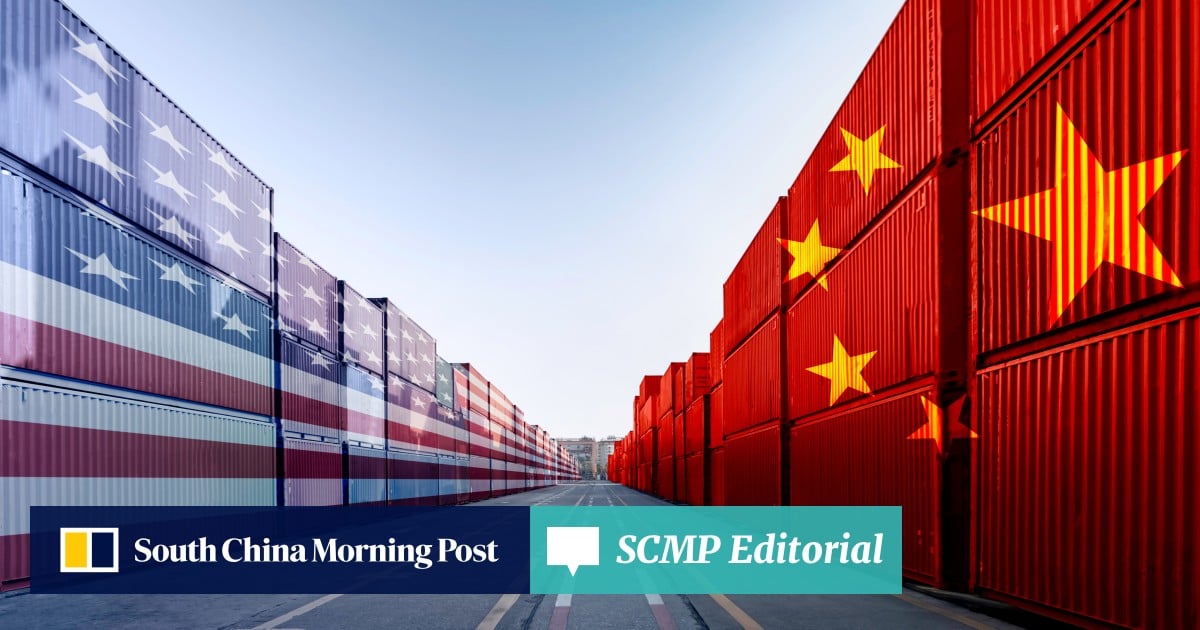The world can breathe a sigh of relief on two counts after a weekend of talks between the top economic officials of China and the United States on their trade war. One is an agreement to pause steep trade tariffs between the two nations for 90 days; the other is agreement to establish a “trade consultation mechanism” to head off potential crises, like the escalation of the trade war triggered by President Donald Trump’s tariff blitz. The new mechanism has a window of 90 days to defuse the threat to the global economy posed by tariffs.
The two sides, led by Vice-Premier He Lifeng and US Treasury Secretary Scott Bessent, agreed to remove most of the tariffs imposed since April 2, a breakthrough that could help resolve a trade war that has raised import duties to unprecedented levels.
The world has a stake in the high-level talks that lie ahead between the world’s two biggest economies. It needs them to keep talking for as long and as often as necessary to take trade-killing protectionist measures off the table for good. A breakdown in the talks would roil markets and increase the risk of global recession.
The trade consultation mechanism is a platform for regular high-level contact on trade issues of serious concern to both sides. It will be a safety valve to ease tension that has been notably absent during big tit-for-tat tariff increases initiated by the US. The need for such dialogue – conducted in mutual trust and respect – between the two top trading powers is so important that it can be counterproductive to quibble over terminology. But it can also be revealing. He Lifeng said the two sides had taken important steps to resolve differences through equal dialogue and consultation. Trump hailed a “total reset” and the White House referred to a “trade deal”. This reflects a nuanced difference between talks and negotiations. The real negotiations on how to avoid crippling tariff structures between the two sides are to come.
The trade consultation mechanism evokes comparison with the “strategic and economic dialogue” established by former presidents Hu Jintao and Barack Obama in 2011, renamed in 2017 under then president Trump and finally abandoned after one meeting. Hopefully, the new mechanism will prove a more enduring platform for airing and resolving trade disputes. That said future talks still face issues, such as tariffs imposed under Trump 1.0 that remain in place.
A more confident China is seen on the winning side, with the US seen as having backed down. This comes on the heels of President Xi Jinping’s talks in Moscow with President Vladimir Putin – a reminder that Beijing has developed its own networks of trade and diplomacy. China does not fear US containment, but does want to maintain good relations as part of a more comprehensive and holistic pattern.
